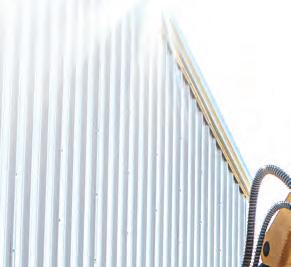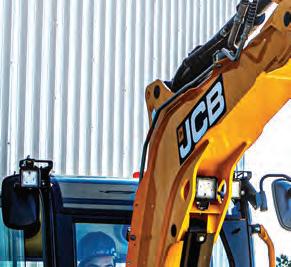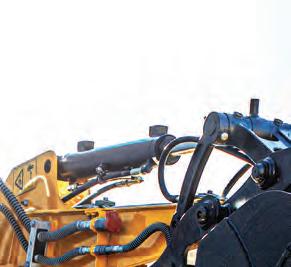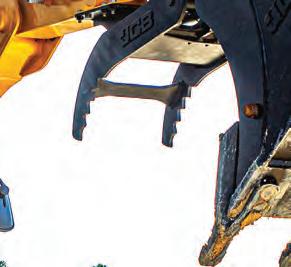




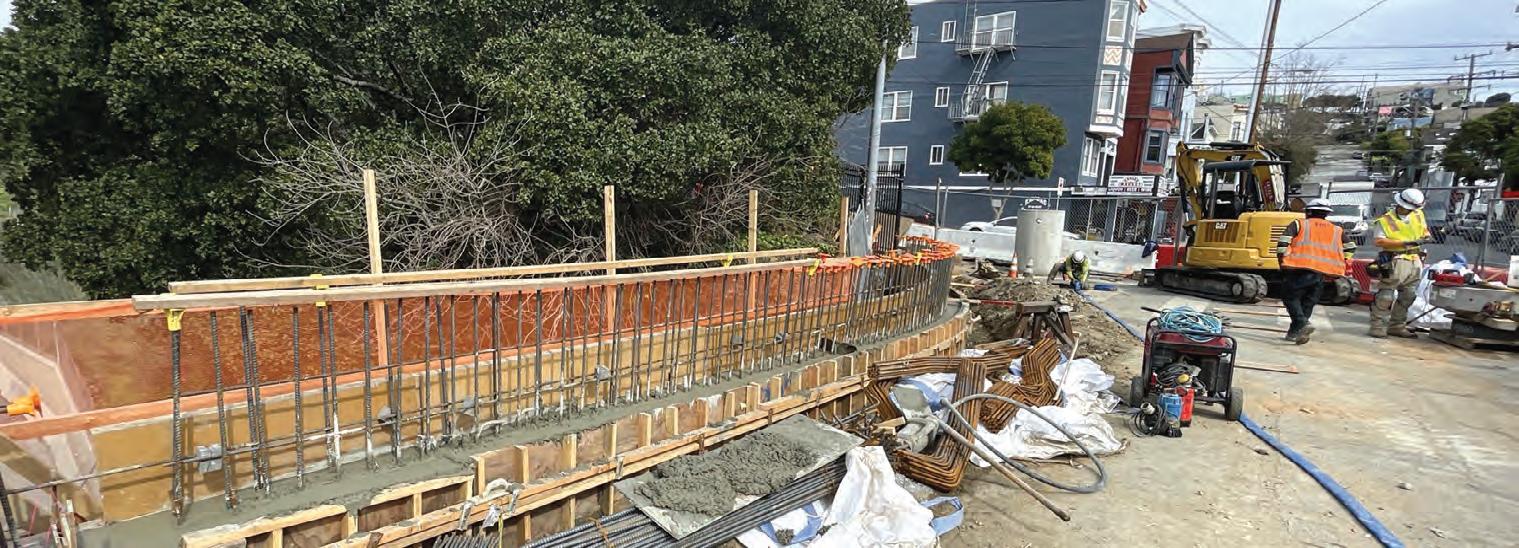
By Lorie Jewell
CEG CORRESPONDENT
The first of several major Bay area highway and road improvement projects is a wrap, making way for the next phases of a major effort to rehabilitate the major arteries leading to and around the San Francisco Bay Bridge.
Nearly 590 ft. of cracked and crumbling barriers along U.S. 101 and Interstate 80 were replaced with new concrete barricades, a nearly $3 million emergency repair project completed in December. One area of particular focus was the Bayshore and Central Freeway viaduct, which California Department of Transportation (Caltrans) officials described
as a vital transportation artery in need of urgent attention for the sake of safety and reliability.
Yerba Buena Engineering and Construction and its subcontractors worked with Caltrans transportation engineer Chetan Sihra to complete the project, said Joy Cheung, principal engineer and chief of Caltrans District 4.
Work started in October and was limited to nights and weekends to minimize disruptions to motorists due to lane closures and equipment movements. Teams of 23 at night and about 60 on weekend shifts completely dismantled and removed existing barriers and rebuilt them on site, using saw cutters, loaders and cement mixers, Sihra said.
































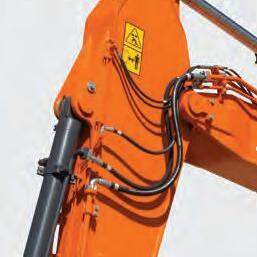


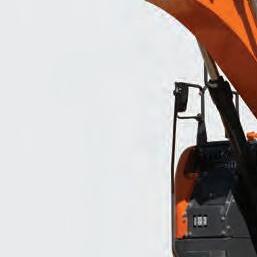
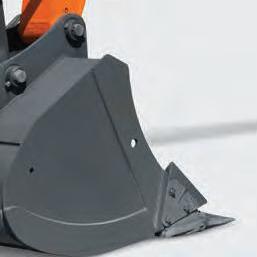

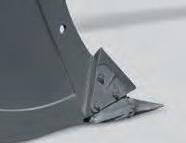











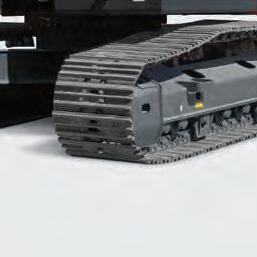













Choose 0% for 24 months or 0% for 24 months with 3 upfront skip payments*.
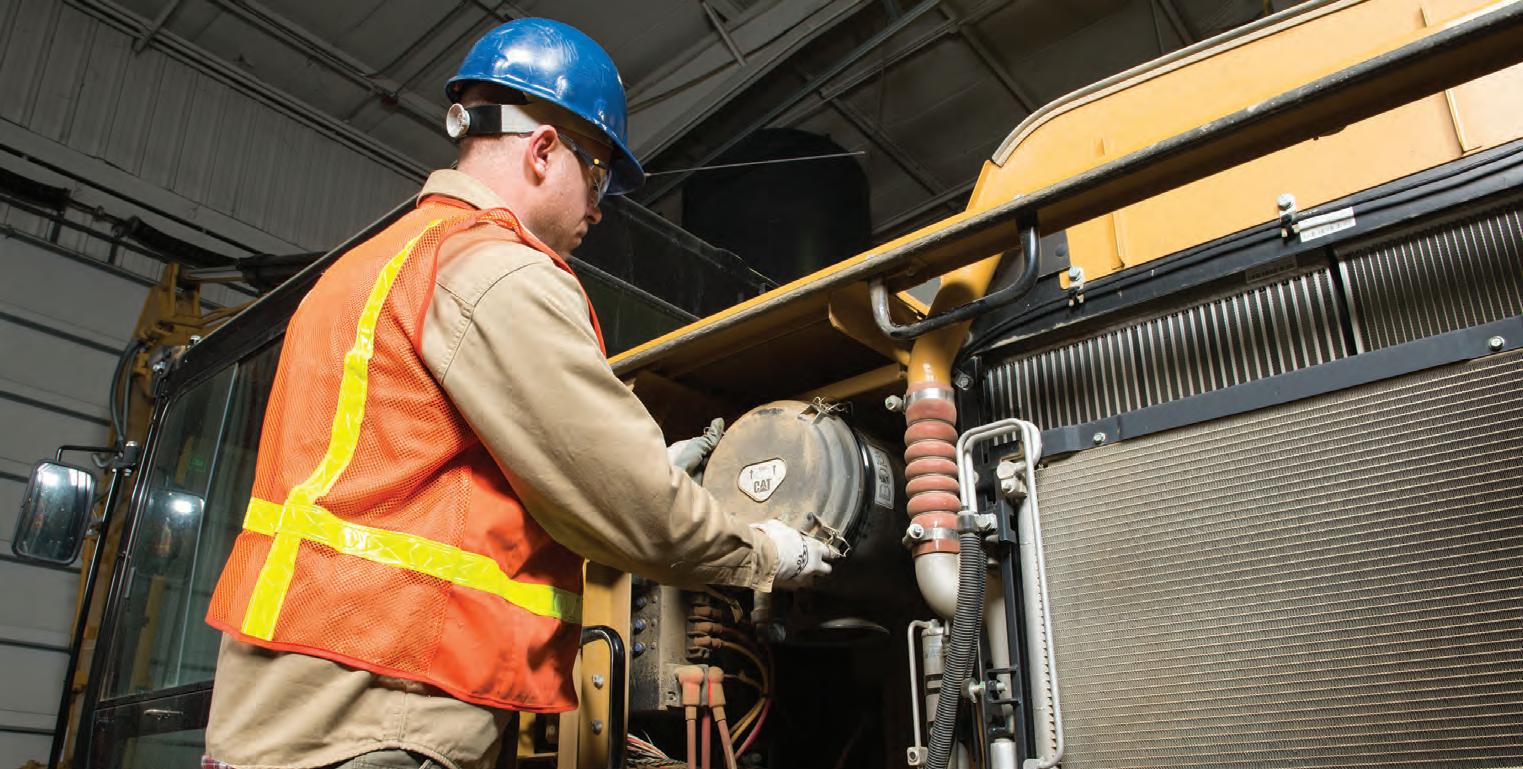
The Cat® Card account has no annual fee, allows you to expense track by job, and is the simple solution for your business needs.* Eligible account holders access competitive rates, special offers and reward points** on every qualifying purchase. Shop today with your Cat dealer, at the Cat Rental Store, and online with Parts.Cat.com and the Cat Central app.

For a limited time, use your Cat Card account to purchase qualifying new or remanufactured Cat parts. Choose 0% for 24 months or 0% for 24 months with 3 upfront skip payments*. Offer eligible for purchases of $5,000 or more with or without service.
Contact your California Cat dealer today or visit catcard.com for details.
The Associated General Contractors of California (AGC of California) released findings from a recent membership survey, highlighting optimism among contractors about the future of the construction industry.
Respondents anticipate strong financial performance, growth opportunities and robust recruitment efforts in 2025, underscoring an encouraging outlook for the sector.
“Listening to our members through this survey is vital. It gives us a deeper understanding of their challenges and perspectives, allowing us to align our efforts with their needs,” said Peter Tateishi, CEO, AGC of California. “By using these insights, we can guide strategic planning and craft initiatives aimed at strengthening California’s construction industry, driving growth through comprehensive workforce development, robust advocacy and leadership programs that champion inclusivity.”
Key takeaways from the AGC of California 2025 Optimism Survey include the following insights:
Nearly 63 percent of respondents foresee growth or a moderate increase in overall business activity across California’s construction sector in the coming year. Additionally, 7 percent believe the industry will either maintain its momentum or expand further in 2025.
A strong 79 percent of contractors expressed confidence in their own companies’ future success in the year ahead, with many respondents predicting revenue and profit increases for 2025. Specifically, 69 percent expect a rise in revenue — 13 percent anticipate significant growth, 26 percent project moderate gains, and 30 percent foresee slight improvements.
Approximately 57 percent of firms plan to increase hiring efforts in 2025. Of that group, 17 percent are preparing for a moderate ramp-up, while nearly 5 percent are poised for a substantial boost in their workforce recruitment.
Approximately 65 percent of respondents are hopeful for a net profit increase next year, with nearly 20 percent expecting stability. Only 15 percent anticipate a decline, reinforcing the industry’s overall optimistic forecast.
Many companies are gearing up to capitalize on upcoming market opportunities by enhancing their workforce and deepening their pool of skilled talent.
The survey revealed that 57 percent of respondents plan to intensify recruitment efforts in 2025. Specifically, 35 percent foresee a slight increase in hiring, 17 percent are aiming for a moderate boost, and nearly 5 percent are preparing for significant growth in their recruitment numbers.
On the revenue front, optimism runs high, with 69 percent
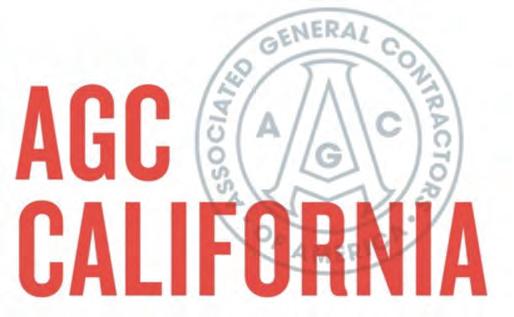
of firms expecting an uptick in 2025 compared with the previous year. Among them, 13 percent predict a substantial increase, 26 percent anticipate a moderate rise, and 30 percent envision a slight improvement. However, 11 percent project revenues to plateau, while 20 percent foresee a decline.
Profit expectations also remain positive, as approximately 65 percent of respondents anticipate a rise in net profits for 2025. Meanwhile, 20 percent expect stability without change, and 15 percent foresee a downturn.
“Despite concerns among many about the demand for more skilled workers, a large proportion predict that hiring either will remain steady or increase throughout 2025,” Tateishi said. “Our workforce development programs are instrumental in equipping future employees with the vital skills needed in this critical industry.”
The survey also shed light on the key challenges facing California’s construction sector. Among them is the pressing demand for skilled labor, an issue raised by 68 percent of respondents. Regulatory compliance emerged as a concern for 67 percent, while increasing wages and employee benefits added pressure for 51 percent of participants.
When asked to identify their primary focus, workforce pipeline development stood out for 21 percent of respondents, reflecting the importance of nurturing and training the next generation of talent. Regulatory challenges followed closely, with 20 percent deeming these a priority, while 13 percent highlighted unreliable infrastructure investment as their main concern.
These findings underscore a dynamic mix of challenges and opportunities for construction professionals as they prepare to shape the industry in the 2025 year ahead.
For more information, visit www.agc-ca.org.

The California Transportation Commission (CTC) allocated $830 million at its December meeting to fund a broad range of investments to improve access and safety, provide sustainable projects and help support the infrastructural backbone of the globe’s fifth-largest economy.
Guided by Gov. Gavin Newsom’s Build More, Faster — For All infrastructure agenda, these transformative projects are making communities safer, cleaner and healthier.
The approved allocations include $249 million from the federal Infrastructure Investment and Jobs Act of 2021 (IIJA) and another $306 million via Senate Bill (SB) 1, the Road Repair and Accountability Act of 2017.
“These investments will help provide the next generation of transportation projects in California, strengthening efforts for bridge maintenance and renovation, increasing safety for people who walk and bike, expanding equitable access and continuing support for the movement of goods and services that fuel the state’s economic engine,” Caltrans Director Tony Tavares said.
In addition to major undertakings, such as the rehabilitation of the Vincent Thomas Bridge in Los Angeles and the Silicon Valley rail extension in San Jose, the allocation contains funds for local projects, including:
• The Orange Family Street Project in San Diego’s City Heights community will install traffic circles and buffered bike lanes and raise crosswalks to reduce traffic and improve pedestrian safety.
• Nearly 10 mi. of new bike lanes in the Wilmington neighborhood near the Port of Los Angeles also will include pedestrian and ADA upgrades, new sidewalks, shade trees and lighting.
• The L.A. River Greenway project will connect East San Fernando Valley with LA Metro’s North Hollywood rail station through a network of pedestrian and bicycle trails.
• The purchase of zero-emission, high-capacity buses to serve residents of Alameda and Contra Costa counties.
IIJA, also known as the Bipartisan Infrastructure Law, is a once-in-a-generation investment in our nation’s infrastructure to improve the sustainability and resiliency of our country’s energy, water, broadband and transportation systems.
California has received nearly $62 billion in federal infrastructure funding since its passage. It includes investments to upgrade the state’s roads, bridges, rail, public transit, airports, ports, waterways and the electric vehicle charging network. The funding alone has already created more than 170,000 jobs in California.
SB 1 has invested approximately $5 billion annually toward transportation projects since 2017. It provides funding split between the state and local agencies. Road projects progress through construction phases more quickly based on the availability of funds, including projects partially funded by SB 1.
The California Transportation Commission (CTC) on Jan. 31, 2025, allocated nearly $1 billion for projects aimed at solving mobility challenges and aiding California’s continued effort to make the highway system more resilient to climate change.
“These investments will harden the transportation system against the devastating results of extreme weather events,” Caltrans Director Tony Tavares said. “The allocations made today will add to the electric charging infrastructure, increase mobility options for people who walk and bicycle and enhance our goal to improve safety and economic equity for all users.”
Of the total investment allocated, nearly $623 million comes from the federal Infrastructure Investment and Jobs Act of 2021 (IIJA). Another $264 million comes from Senate Bill (SB) 1, the Road Repair and Accountability Act of 2017.
Among the projects approved:
• $15 million to install electric charging infrastructure to power electric buses at San Mateo County’s SamTrans system.
• $9.5 million to help pay for new bike lanes, crosswalks, pedestrian push buttons, signal heads and other safety upgrades on an 8-mi. segment of State Route 82 in Santa Clara County.
• $6 million for the city of Sacramento to help build a new light rail station serving Sacramento City College.
• Approximately $34.8 million, including more than $30.8 million in federal IIJA funding and $4 million in SB1 funding, in support allocations toward roadway, guardrail, signage and other improvements on U.S. 101 from south of the Klamath River Bridge near Klamath to south of Humboldt Road near Crescent City in Del Norte County.
• $7.13 million for State Route 82 in Mountain View, Los Alto and Palo Alto, from 0.7 mi. north of Route 237 to Sand Hill Road, for rehabilitating pavement, adding pedestrian crossings, and installing bike lanes to enhance safety and extend pavement service life.
• $154,978,000 allocation on U.S. 101 from the Santa Clara County line to South Airport Boulevard for pavement rehabilitation, infrastructure upgrades and the installation of trash capture devices to improve roadway safety and performance.
• $38,847,000 allocation on State Route 1 in and near Half Moon Bay, from 0.1 mi. south of Wavecrest Road to 0.1 mi. south of Marine Boulevard, for rehabilitating roadways, improving pedestrian and bicycle infrastructure, and upgrading drainage systems.
• $35,713,000 allocation on State Route 29
Granite was awarded an approximately $88 million contract by the California Department of Transportation (Caltrans) to improve a section of Ortega Highway State Route 74 (SR 74) near Lake Elsinore, the company announced.
The project scope includes widening the shoulders and roadway, allowing for the installation of centerline and edge line rumble strips. These enhancements will provide vehicle buffer room, significantly improving safety on this narrow twolane highway through the Santa Ana Mountains.
In addition to widening this section of SR-74, the project will resurface the highway, ensuring safer and more efficient travel. This project continues ongoing efforts on this stretch of highway, building on the work over the past few years.
“We have been working closely with Caltrans on this highway for several years, and we are excited to continue this partnership,” said Bill Moore, Granite’s vice president of regional operations. “It aligns with our strategic goal of expanding our footprint in the Inland Empire of Southern California.”
Construction is expected to begin in April 2025 and be completed in November 2026.
SR 74 run from Interstate 5 on California’s Pacific Coast to the state’s eastern interior in Palm Desert.
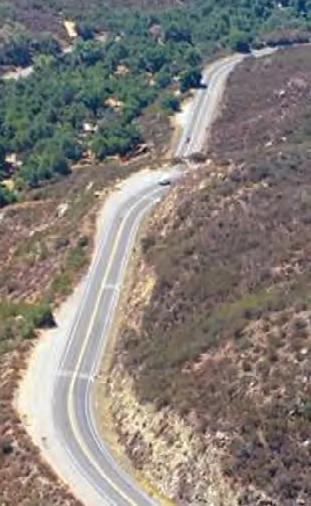
in Vallejo, from Interstate 80 to the Napa County line, for pavement rehabilitation by repairing localized failure, grinding roadway and overlaying with asphalt to extend pavement service life and improve ride quality. This project includes lane reductions through the downtown area to improve pedestrian mobility, upgrading signs, facilities to Americans with Disabilities Act (ADA) standards, widening sidewalks, modifying traffic signals, constructing Class 2 and 4 bikeways, 36 curb extensions, 57 light emitting diode (LED) light fixtures and repairing drainage systems, downtown pedestrian mobility improvements and drainage system upgrades.
• The Weedpatch Highway 3R Rehab: The Kern County project will upgrade curb ramps to Americans with Disabilities Act (ADA) standards, install bike lanes, grind pavement, place hot mix asphalt and rubberized hot mix asphalt pavement, and construct sidewalks, bus turnouts and improve pedestrian crossings as complete streets elements on State Route 184 near Bakersfield from Wharton Avenue to 0.1 miles west of Edison Highway.
Full funding allocation: $36.95 million. SB 1 funding allocation: $8.74 million. IIJA funding allocation: $28.21 million.
• The Delano to Pixley Rehab: The Tulare
County project will rehabilitate roadway, construct median concrete barrier, replace signage, rehabilitate drainage systems and upgrade transportation management system (TMS) elements on State Route 99 near Earlimart, from County Line Road overcrossing to 0.7 mi. north of the Court Avenue overcrossing.
Full funding allocation: $25.5 million. SB 1 funding allocation: $2.92 million. IIJA funding allocation: $22.58 million.
IIJA is a once-in-a-generation investment in our nation's infrastructure to improve the sustainability and resiliency of the energy, water, broadband and transportation systems.
California has received nearly $62 billion in federal infrastructure funding since its passage. This includes investments to upgrade the state’s roads, bridges, rail, public transit, airports, ports, waterways and the electric vehicle charging network. The funding alone has already created more than 170,000 jobs in California.
Senate Bill 1 (SB 1) has invested approximately $5 billion annually toward transportation projects since 2017. It provides funding split between state and local agencies. Road projects progress through construction phases more quickly based on the availability of funds, including projects partially funded by SB 1.

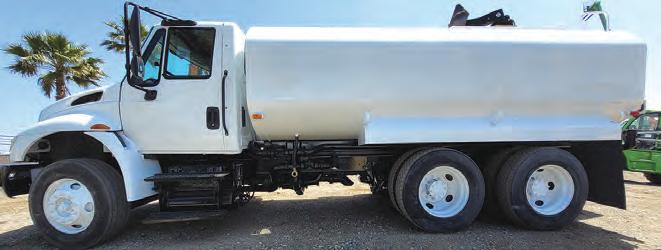



Power Inn
4191 Power Inn Road, Suite D Sacramento, CA 95826 916-737-7777
PIRTEK
San Leandro
1997 Burroughs Ave San Leandro, CA 94577
510-568-5000
PIRTEK SFO
121 S. Maple Ave #4 South San Francisco, CA 94080
650-532-9200




A volumetric mixer was used to prepare the early-set concrete on site. The benefit of using such a mixer, as opposed to a transit mixer, is that it reduces waste, Sihra said. With transit mixers, batches are mixed at a plant in pre-set amounts and transported to the work site. If only a portion of the batch is used, the rest is trashed. Volumetric mixers allow for custom batches.
“You mix only the amount needed,” he said. The challenge to using it, though, is that it must be placed immediately after mixing.
It took roughly 60 cu. yds. to build 587 ft. of barriers. Using the early-set concrete helped reduce the amount of time highway lanes were closed to traffic. It took about two hours to set, with a compression strength of 4,000 psi.
Disruptions and challenges were minimal. The work tempo started slow — just 8 ft. of barriers went up the first night — but by the first weekend closure, the project was in full swing.
“There was a bit of a learning curve,” Sihra said. “But there was a benefit to having them figure it out on weeknights, before the weekend.”
There wasn’t a set time frame for the project, he added. “We just knew we had to get
it done before the rainy season.”
With the emergency barrier replacement project complete, Caltrans officials are now focused on the subsequent phases, which will see more improvements to U.S. 101, Interstates 80 and 280, and State Road 1/19th Avenue over the next four years.
Now the mixers, saw cutters and loaders have moved on to the site of the next project — repairing and rebuilding two bridge barriers on the Bayshore Boulevard ramp — specifically at the Third Street undercrossing and the 23rd Street overcrossing. The U.S. 101/Paul Avenue exit ramp is closed while construction crews complete the work. It should be finished in July, Cheung said. Disney Construction Inc. has a nearly $5 million contract for the job, she added.
Motorists are finding nighttime lane closures on westbound I-80 at the bridge while engineers work on another project — inspecting the bridge cables. As long as the weather permits, closures will continue for the next few months until the work is finished, officials said.
Other upcoming phases include:
• The I-280 bridge rehabilitation project, which was initially scheduled to start in October but went on hold until the weather is right for the placement of polyester con-
crete overlays.
Plans are to improve the life span of six bridges along 10 mi. of the interstate, one bridge at a time. In addition to polyester overlays, the work includes replacing joint seals and repairing asphalt concrete approaches to the bridges.
Once work begins, it will start at the Lyell Street bridge undercrossing and proceed to the Monterey Boulevard on-ramp overcrossing, the San Jose Avenue undercrossing and four sites at the I-280/U.S. 101 interchange: northbound 101 to the lower deck of northbound 280; southbound 280 to the upper deck of southbound 101; north and southbound 280. Repairs expected to take at least three months and will be done at night, with full ramp closures.
• Bridge rehabilitation of the Central/U.S. 101 and Bayshore/I-80 viaducts, which should begin in the spring. The work entails placing polyester overlays and joints, repairing bridge barrier rails and decks on the 71year-old viaducts. The project will take two years.
• Rehabilitation of U.S. 101, set to begin late this year or early 2026, will involve replacing concrete pavement, repaving onand off-ramps, replacing the median barrier and improving drainage systems along the
freeway from Candlestick Point through Hospital Curve.
Additionally, all four lanes of pavement on the Hospital Curve will be removed and rebuilt with new material. The work should take up to two years.
• Repaving 19th Avenue, also known as State Road 1, from Lincoln Way at Golden Gate Park to Holloway Avenue. Repairs will include some shoulder locations, upgrades to curb ramps and repaving the intersection of Park Presidio Boulevard and California Street. The work should begin this summer; there is no estimate of how long it will take.
• Reconstruction of the Farallones Avenue overcrossing on Interstate 280, expected to start sometime in 2026. The existing pedestrian overcrossing will be replaced, as it is too steep and there isn’t enough clearance in one of the southbound interstate lanes for some vehicles to pass under safely.
The new crossing will be wider and accessible to those with disabilities, with proper slope and clearance, as well as improved lighting. An end date hasn’t been set.
Cost amounts for the above projects were not immediately available. CEG
(All photos courtesy of the California Department of Transportation.)








